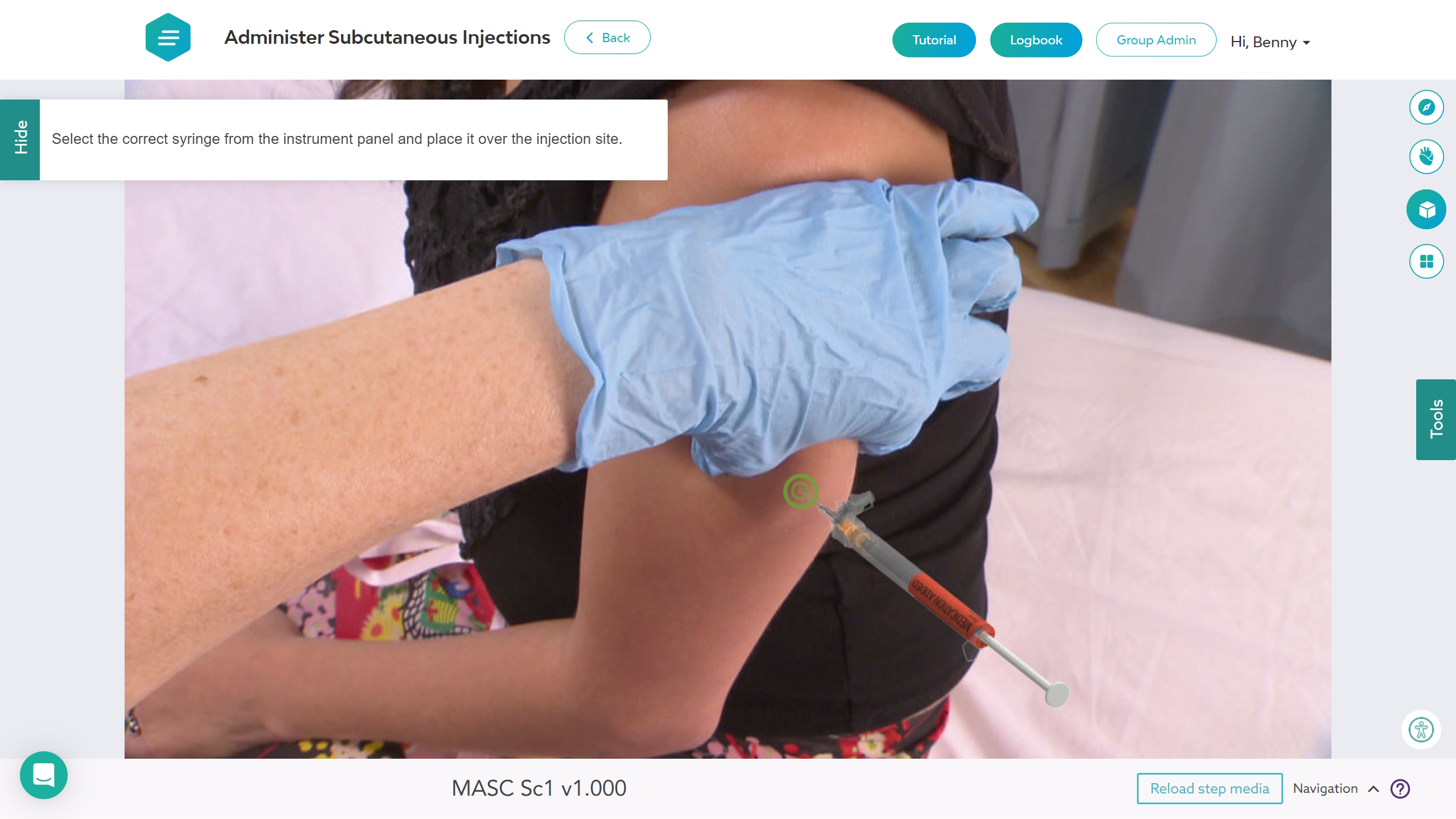Preparing Medical Assisting Students for Real-World Success
Discover how Chattahoochee Valley Community College is using simulation-based learning for healthcare students to bridge the gap between classroom theory and clinical practice.
Chattahoochee Valley Community College (CVCC) is a small institution nestled in the woods of Phenix City, Alabama. It serves a diverse population that includes students fresh out of high school, career changers seeking new opportunities, and military personnel and spouses from nearby Fort Benning. To meet the needs of this varied student body, CVCC has embraced innovative approaches to education, particularly in its Medical Assisting (MA) program.
Shelly Holt, CVCC's Medical Assisting Program Director, explains the unique challenges MA students face: "Unlike nursing students, MAs don't typically have a clinical preceptor guiding them. They're often placed directly into a doctor's office and expected to perform a wide range of tasks." Recognizing the need to instill confidence and proficiency in her students before they ever interact with patients, Shelly sought out a technology-based solution.
Discovering Simulation-Based Learning: A Turning Point for CVCC's Medical Assisting Program
Shelly first encountered SIMTICS, a platform offering medical assisting skill simulations, at a conference in 2016. Impressed by its tailored approach for MA students, she knew it could be a valuable resource.
"We were already doing a good job in our program," she reflects, "but I was convinced SIMTICS could make it even better."
When initial budget constraints posed a challenge, Shelly's determination led her to purchase her own personal SIMTICS subscription and introduce it in her classroom through live demonstrations. Students were immediately captivated. "They really enjoyed it. They'd watch me controlling the mouse and ask to try it themselves."
When the COVID-19 pandemic forced CVCC to quickly pivot into a distance learning model in 2020, Shelly saw a renewed opportunity to implement online simulations with her students as they worked on their coursework from home. The platform proved crucial for students to continue their education as they gained hands-on experience through first-person simulations that mirrored the in-person lab work that had traditionally been the cornerstone of the program.
"Adopting SIMTICS was essential for those students," Shelly reports. Despite the pandemic's challenges, four out of six students from her spring cohort secured jobs immediately upon graduation.
Building Confidence and Streamlining Instruction
Even with the return to in-person labs, simulation-based learning remains an integral part of CVCC's MA program. It serves as both preparation for and reinforcement of lab experiences, reducing anxiety and boosting confidence.
"Rather than worrying about unfamiliar scenarios," Shelly observes, "students can use the SIMTICS simulations ahead of time to see exactly what they will be doing in the lab."

Shelly has also found that SIMTICS helps optimize teaching time. "Students arrive with knowledge, thanks to the simulations and materials that prepare them for lab activities." This allows instructors to use valuable class time to focus on individualized guidance and support.
The platform's inclusion of relevant anatomy and physiology content further enhances students' understanding. "It's important that they not only know how to do something but also why," Shelly emphasizes.
Shelly's message to educators considering SIMTICS is clear:
"Pull over a chair, and I'll show you how this can assist your students and enhance your life as an instructor."
At CVCC, simulation-based learning has transformed the Medical Assisting program, empowering students to become confident, competent healthcare professionals. Interested in bringing simulation-based learning to your program? Reach out to our team to get a personalized demo to see how simulations might transform outcomes for your students.
Power Up Your Training Program
Let’s explore how simulation-based training can transform the way your team learns and performs.

